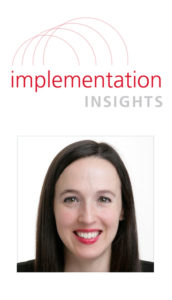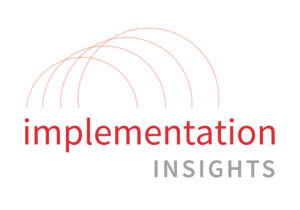
Sara Neff, Senior Vice President of Sustainability at Kilroy
Kilroy Realty Corporation is a real estate investment trust (REIT) that owns and operates over 14 million square feet of high quality commercial property on the West Coast. A REIT with a history of 70 years, Kilroy isa publicly traded REIT listed on the New York Stock Exchange.
Widely praised as a sustainability leader in the industry, Kilroy largely implemented the SASB Real Estate Owners, Developers & Investment Trusts provisional standard in its 2016 Form 10-K.
Sara Neff, Senior Vice President of Sustainability at Kilroy, was interviewed by Bryan Esterly, SASB’s Infrastructure Sector Analyst, to discuss the implementation process, challenges, and solutions. Neff oversees all sustainability initiatives across Kilroy’s portfolio and manages sustainability reporting for the REIT.
Why did Kilroy decide to use SASB standards in its 10-K filing with the SEC?
We believe that several issues in sustainability are material issue to our business, and therefore it is our responsibility to provide externally assured sustainability data to our investors in our annual financial report.
What were the challenges of using SASB standards for the first time?
The timing was a major issue, as we did not have externally assured sustainability data in the reporting year. This forced us to use previous year sustainability data. The other issue was the unfamiliarity of our service providers with many of the terms in the SASB guidance.
How did you overcome these challenges?
The sustainability team worked closely with the accounting team and our external auditors to deal with these issues. We had at one time considered using more recent, non-externally assured data so that the sustainability reporting years would coincide with the financial reporting year, but in conversations with our auditors, it became clear that a year lag in the externally assured sustainability data was a better option. Our outside legal team gave us input on how best to clarify the terms.
Who were the internal players that were involved in the process?
Two members of our accounting team as well as our sustainability team were involved, with the blessing of our Chief Accounting Officer.
To what extent were service providers involved in the process (e.g., data verification, outside counsel, etc.)?
The outside counsel who otherwise assists with the annual financial report provided input, as they would for anything in the annual financial report. We also use a third party to do our sustainability data verification, separate from the auditors who verify our financial data.
What advice do you have for companies that are beginning the process of incorporating SASB standards into their SEC filings?
Remember that SASB is not binary; you are not required to report on all of the issues articulated in the SASB guidance. Rather, it is important to do a materiality assessment to determine which issues within the SASB framework are material to you and report only on those. For example, % ENERGY STAR certifications is material to us, an office portfolio. However, a portfolio with another asset types, say existing retail, does not have assets eligible for ENERGY STAR so this would not be a material issue for them and they would not report on it.
For more insight on how to use SASB standards, please read SASB’s Implementation Guide for Companies.
